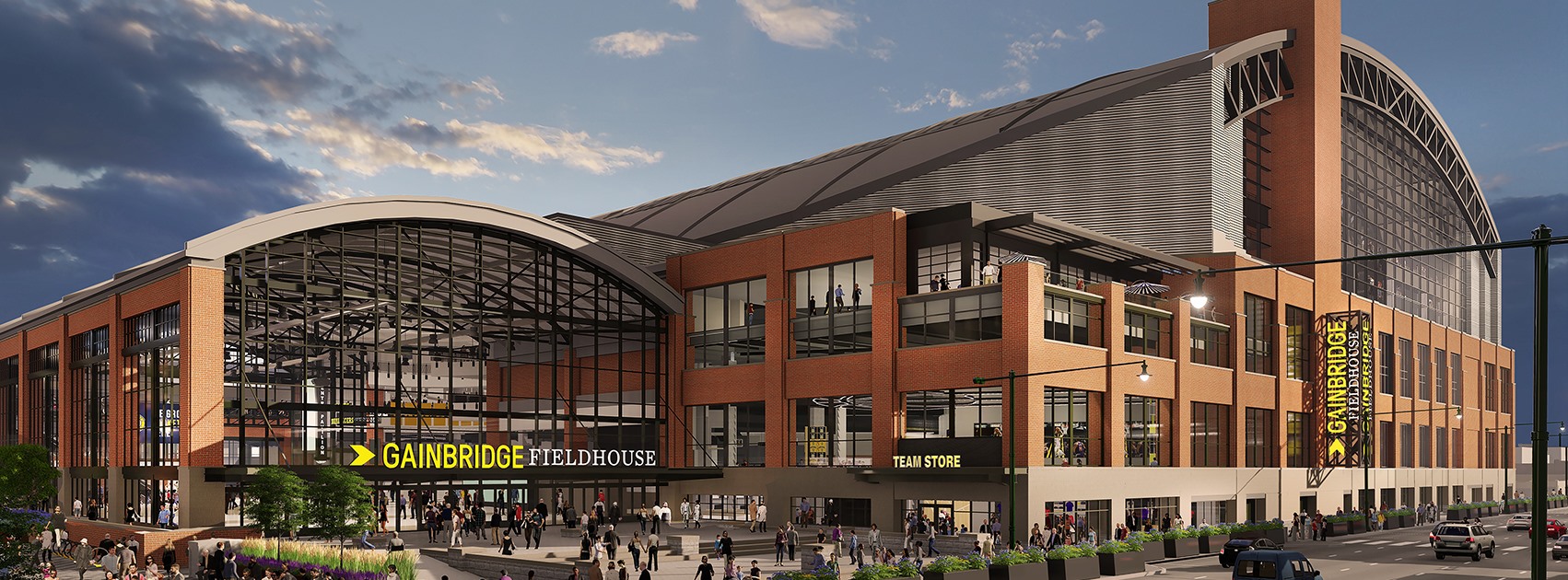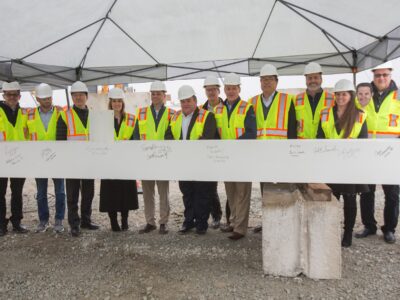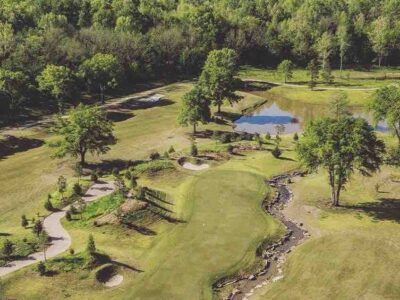Basketball has always been a big deal in Indiana. No less of an authority than James Naismith — the man recognized as the inventor of the sport — proclaimed that “while the game was invented in Massachusetts, basketball really had its origin in Indiana, which remains the center of the sport.”
He made that statement in 1925; the hoops fervor remains strong today. One case in point is a recent ranking that Indiana contains 14 of the 16 largest high school basketball gyms in the United States, according to the World Record Academy.
So, when Pacers Sports & Entertainment (PS&E) — owners of the NBA’s Pacers and WNBA’s Fever — embarked on renovating its arena in the 2010s, the company wanted to build something special that matched its state’s love of the game.
The building plan, named “The Fieldhouse of the Future,” aimed to be something spectacular for the team and its fans; however, PS&E also prioritized sustainability for this project.
“Just as the Fieldhouse of the Future will give new generations of fans world-class experiences for years to come, the project also presents us with an opportunity to creatively reduce waste and double-down on our commitment to care for our environment,” Rick Fuson, PS&E’s president/COO, asserted in a statement.
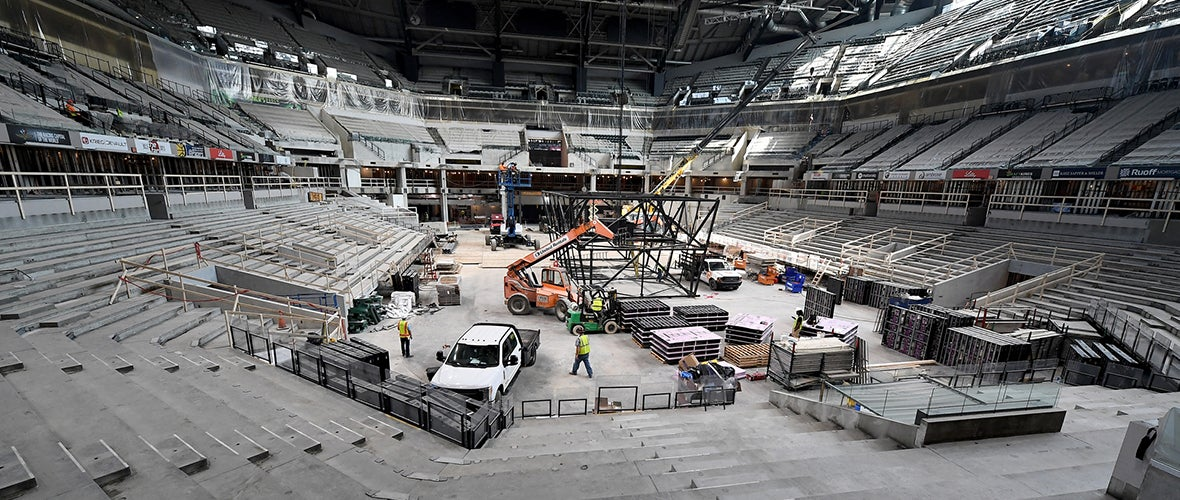
Photo Courtesy Gainbridge Fieldhouse
One of the renovation’s initial steps was the removal of nearly 3,800 seats, with the hard-to-recycle plastics getting transformed into either plastic, which eventually was turned into wax or ultra-low sulfur diesel fuel, or steel. Consequently, more than 76,000 pounds of waste materials were diverted from landfills and converted into something useful.
This approach proved so successful that nearly 9,000 more seats from different parts of the arena went through the same recycling procedure. Overall, an estimated 75% of all the materials removed during the rebuild process got recycled.
The renovation design for Gainbridge Fieldhouse also included more windows in the building’s main concourse. Increasing the number of windows brought in more natural light, along with delivering the environmental bonus of lowering electricity usage.
During the renovation, thousands of feet of new insulation was installed in the building’s HVAC and mechanical systems, decreasing energy costs while boosting energy efficiency. PS&E further cut down on its overall electricity consumption by installing solar panels on the roof of the Pacers’ training facility, the St. Vincent Center.
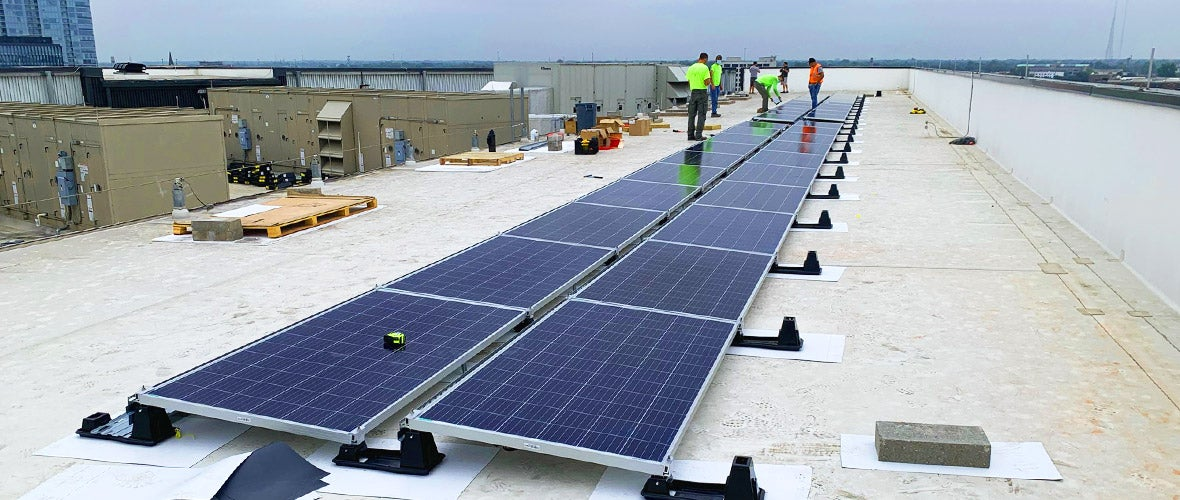
Photo Courtesy Gainbridge Fieldhouse
Another area receiving a significant sustainability upgrade was the Fieldhouse’s restrooms. The touch-free faucets reduce water waste by having automatic shut-off, adjustable flow rates, sleep mode, and other eco-friendly features. Likewise, the toilets include sensors, also resulting in improved water efficiency.
Besides these sustainability advantages, the bathroom fixtures also provide a higher level of hygiene for Fieldhouse visitors. The renovated arena also includes wellness amenities as a sensory room as well as a room for nursing mothers. The building, moreover, has gone cashless, which not only enhances hygiene but decreases paper use and waste.
These sustainability measures continue an environmental emphasis in PS&E’s operations. A major paper recycling initiative was launched in 2016. By 2019, approximately 12,000 pounds of cardboard was getting recycled each month, while recycling office paper alone resulted in the equivalent of saving 122 trees from being cut down.
When it came to recycling plastic bottles, glass, and aluminum cans, PS&E was averaging 4,000 pounds per month by 2019.
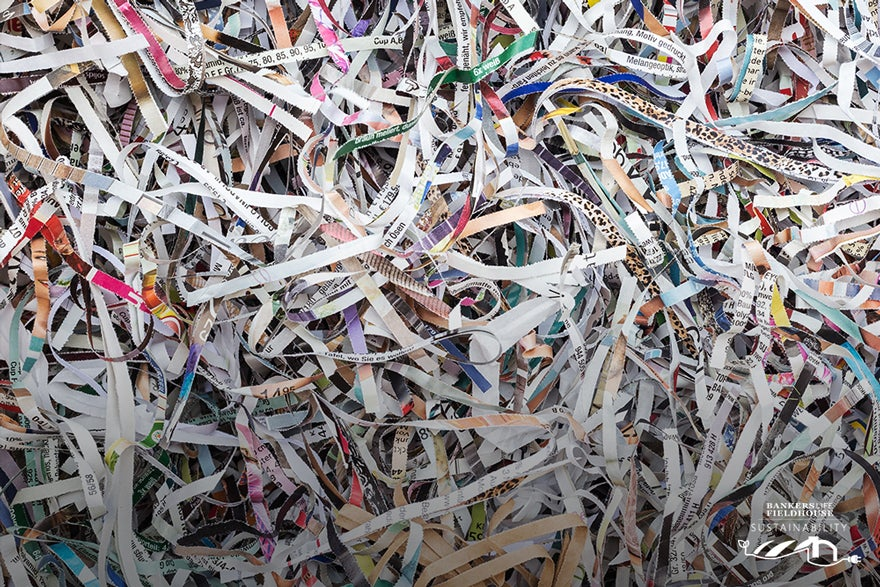
Photo Courtesy Gainbridge Fieldhouse
During the 2019–20 season, PS&E also began sending non-recyclable waste to an Indianapolis facility that takes this waste and turns it into steam energy. This waste-to-energy program has prevented more than 400 tons of trash annually from reaching landfills. During that same Pacers season, the team replaced plastic straws from the concession stands with ones made from a material known as “corn plastic,” typically composed of corn kernels or other starchy plants such as potatoes, tapioca, and soy protein.
The $360-million modernization of the Gainbridge Fieldhouse, the second-largest renovation project in NBA history, thoroughly transformed the sports venue inside and out. The impressive makeover earned the award in 2023 of being the Best Midwest Project, Sports/Entertainment Division.
Located in downtown Indianapolis, the venue is less than a mile from the Indiana Convention Center and Lucas Oil Stadium, two other sports facilities with strong sustainability agendas. In 2023, PS&E also became one of the founding 25 members of the Green Operations and Advanced Leadership (GOAL) platform to serve as stewards to help sports and entertainment facilities operate in ways that promote impactful environmental, social, and governance objectives.

